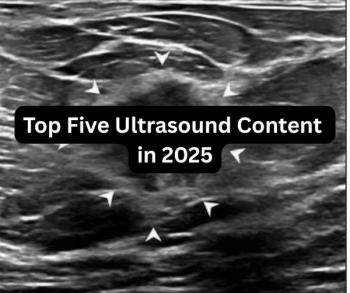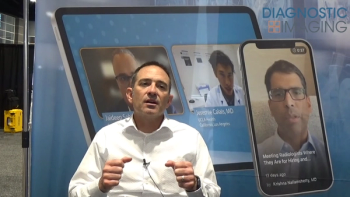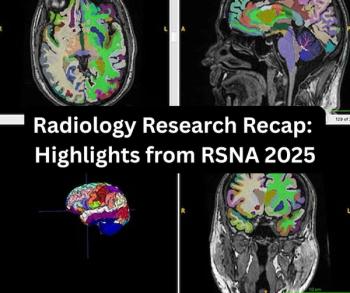
Siemens looks for breakthroughs in CAD
Developing computer-aided detection for lung and colon images has become a priority at Siemens Medical Solutions. The decision is a consequence of Siemens’ -- and other vendors’ -- success in CT.
Developing computer-aided detection for lung and colon images has become a priority at Siemens Medical Solutions. The decision is a consequence of Siemens' - and other vendors' - success in CT.
"We are flooding radiologists with all the images coming off our machines," said Joe Camaratta, vice president of global solutions for the U.S. "Siemens is investing a lot of time looking into how to make radiologists' jobs easier in reading them."
The firm released its first CAD product three years ago, syngo LungCare CT NEV (nodule-enhanced viewing), which is in use at about 500 sites worldwide, according to Siemens. A year later, the company introduced a similar product called syngo Colonography PEV (polyp-enhanced viewing).
The products emphasize identification and localization, but the future in both lung scanning and colonography will be in more ambitious developments.
"We have been looking at how CAD might help differentiate malignant from nonmalignant lesions," Camaratta said.
The company has been working with sites running its PEV and NEV products and collecting lung and colonography cases. The data are being analyzed to address a single basic question.
"Can we do more than just detect lesions?" he asked.
Engineers have been edging both PEV and NEV toward an answer. The software already automates the comparison of subsequent exams, identifying changes in the size, location, or appearance of nodules and polyps over time.
"Physicians can easily see any changes that appear in patients coming back for regular virtual colonographies," he said.
If these products keep evolving, Siemens may be able to highlight the kinds of changes radiologists need to know when making differential diagnoses.
Newsletter
Stay at the forefront of radiology with the Diagnostic Imaging newsletter, delivering the latest news, clinical insights, and imaging advancements for today’s radiologists.




























